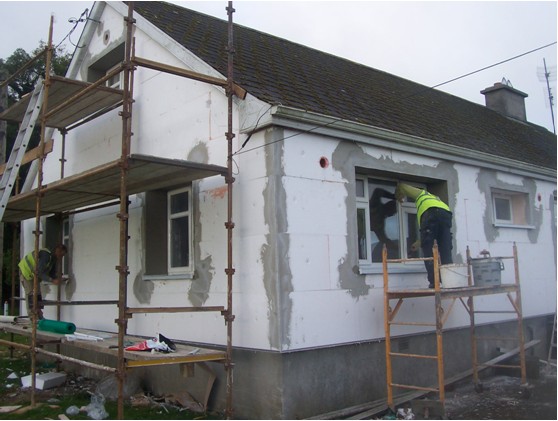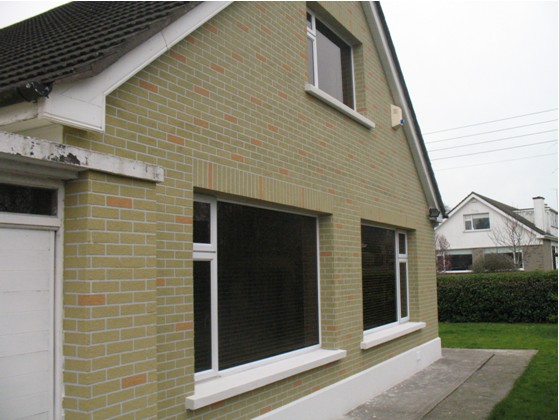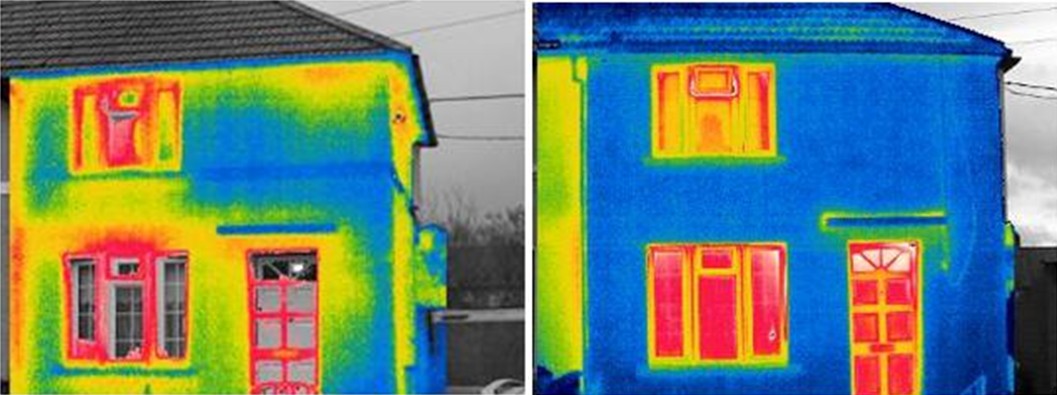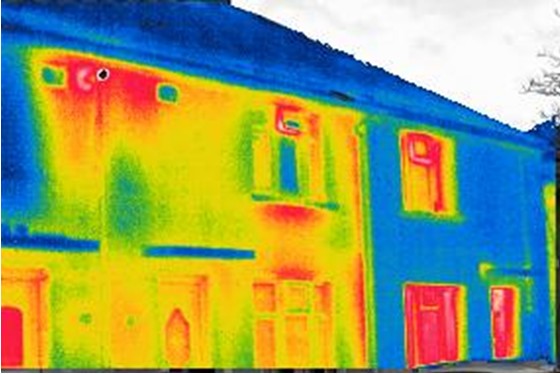- Certification >
- Agrément Certification >
- Types of Insulation >
- External Insulation
In today’s climate, both natural and financial, the importance of a properly insulated home cannot be overstated. Ireland experienced record low temperatures for a sustained period in December 2010, while the cost of home heating has increased substantially over the last few years, with further increases likely as the price of oil continues to rise. Homeowners may have as much control over the price of oil as they do over the weather, but they can take positive action in their own homes to reduce the impact of these factors by making sure their homes are adequately insulated, thus reducing the rate of heat loss through the building fabric.
Average rates of heat loss in homes are as follows:
- Roof 30%
- Walls 25%
- Ventilation 25%
- Windows 15%
- Floors 5%
Correctly installed insulation will reduce heat loss through the fabric of the building, increasing the level of comfort for the homeowner in addition to reducing their heating bills.
Work is currently underway on the National Retrofit Programme, which aims to deliver energy efficiency upgrades to one million residential, public and commercial buildings in Ireland over a 10 year period. This programme will incorporate current grant programmes, such as those operated by the Sustainable Energy Authority of Ireland (SEAI). One such SEAI grant programme is the Home Energy Savings (HES) Scheme which provides grants to homeowners interested in improving the energy efficiency of their home. While most of the HES measures cover insulation practices with a history of use in Ireland, such as attic insulation and internal dry-lining, one of the measures covered by the grant which is relatively new to the Irish market is external insulation.
External insulation, also referred to as ETICS (External Thermal Insulation Composite Systems), consists of insulation boards – usually expanded polystyrene (EPS), mineral wool/rockwool, or phenolic – which are fixed to the existing substrate and then covered with an external render with mesh reinforcement. External insulation has a long history of use throughout Europe, but is still quite new in Ireland although its popularity is starting to grow.
Figure 1 shows an example of a house with the insulation boards fixed to the walls ready for application of the base render coat and reinforcement, while Figure 2 shows a completed installation.
 |
 |
|
Figure 1: House at boarding stage of ETICS work |
Figure 2: Installation with brick effect render to match other buildings in the area |
While external insulation can be quite costly and is the most expensive of the insulation grant measures under the HES scheme, it has various advantages which include improving the airtightness of a dwelling (i.e. elimination of unwanted draughts through the building fabric), as well as having the scope to substantially increase the thermal performance of a dwelling without reducing the floor area. Figure 3 shows thermal imaging of a house before and after having external insulation installed – warm colours from yellow to red show warm areas of the wall where heat is flowing through the building fabric from the interior, while cooler colours such as green and blue show a cold external surface where no heat flow is taking place.
 |
| Figure 3: Thermal imaging of a house with external insulation (image on left shows house before installation, and image on right shows house after installation) * Photos reproduced with kind permission of Energy Action Ltd |
 |
|
Figure 4: Thermal imaging comparison between neighbouring properties where house on the far right has had external insulation installed. |
It is worth noting that increasing the amount of insulation in a dwelling can increase the need for adequate ventilation, particularly in the case of external insulation where the airtightness of the dwelling can be increased substantially by installing the system.
Some of the hazards associated with insufficient ventilation in a home include:
- Decrease in air quality, leading to mould growth.
- Increased risk of radon accumulation.
- Increased risk of carbon monoxide accumulation.
Further information on radon can be found by contacting the Radiological Protection Institute of Ireland (RPII), and on carbon monoxide by visiting Carbon Monoxide - The Facts
Importance of Certification and Installer Schemes
There are a large number of insulation products on the Irish market which are promoted as leading to good Building Energy Rating (BER) values and a reduction in home heating bills. NSAI Agrément independently assess and certify such products as being fit for purpose and in compliance with the Irish Building Regulations. Consumers can have added confidence that products with the NSAI Agrément logo will be fit for use, rather than taking a risk that an uncertified product will perform as stated by the manufacturer or salesperson.
The installation of an insulation product is critical to how it will perform over time, and NSAI Agrément run a registered installer scheme for external insulation, as well as schemes for full-fill cavity wall insulation and blown loft insulation. These schemes increase the level of confidence the homeowner will have in the product, as the insulation system has been independently tested and assessed as being fit for purpose and in compliance with the Irish Building Regulations, and the installer has been assessed that their workmanship is in compliance with the Agrément certificate.
Contact NSAI Agrément
